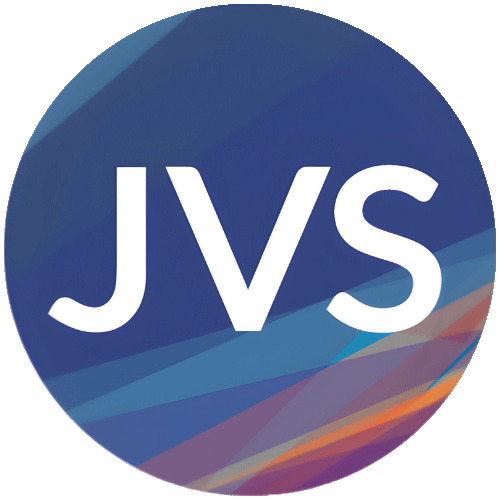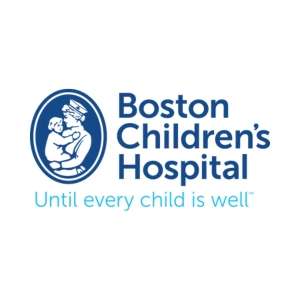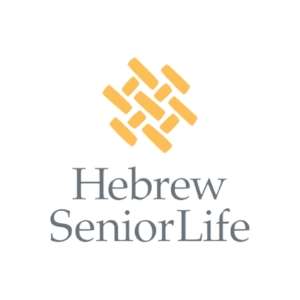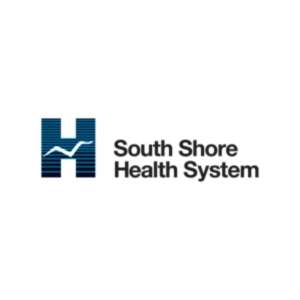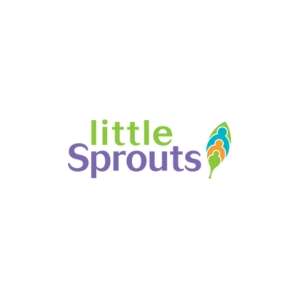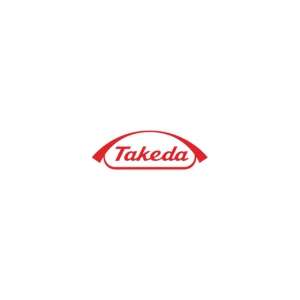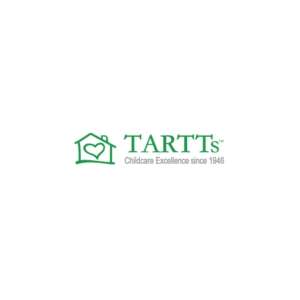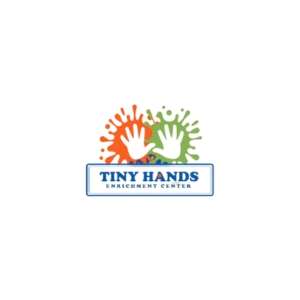Workforce
Development
in boston
Workforce
Development
in boston
JVS Connects Employers With A Trained Workforce
JVS Boston sits at the intersection of employers and job seekers. Our goal is to help employees perform effectively so they can transition to higher-paying jobs, and to support employers to develop, retain, and advance their workforce.
We partner with employers to plan, design, and deliver customized workforce development services. These services include pipeline programs that train candidates for job readiness and placement upon completion, recruitment, and outplacement services.
Why Work With JVS?
Best in Class
JVS Boston sits at the intersection of employers and jobseekers – helping employer partners attract and retain a productive workforce so companies can flourish, while helping job seekers gain marketable skills and negotiate the best opportunities available.
Customized Training
We partner with top employers in the Greater Boston area to develop custom job training programs. We tailor our training to bridge specific skills gaps and ensure our training has a significant impact on reducing unique workforce challenges.
Pipeline Programs
We collaborate with employers in high-growth sectors such as healthcare and biotechnology to create structured pathways that match trained individuals with in-demand jobs.
Workforce Development Services

Post A Job
JVS Boston and MassHire Downtown Boston can help you find more staff immediately to keep your business operational. Post open positions, recruit candidates, and host an informational webinar with our team.

Job Quality Initiative
We have a survey and qualitative tool that generates reports demonstrating how your jobs stack up against competitors on job elements that matter most to job seekers. Start your journey to a more productive workforce by taking this survey today.
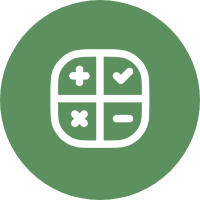
Training & Consulting
We offer training and consulting services to our employer partners. Reach out to us for workplace English classes, digital literacy training, career ladder development, job quality assessments, and so much more.

Recruit Candidates
Do you need to recruit employees? From job fairs and recruitment events, to candidate referrals, and training pipeline development, we’ve got you covered.

Outplacement Services
MassHire Downtown Boston can add outplacement capacity to your HR team by providing outplacement services for employers who are downsizing or need assistance to transition employees out of the organization.
Job Quality Benchmarking Survey
We’re creating tangible impacts through our Job Quality Benchmarking Index. This survey and qualitative tool generates reports demonstrating how your jobs stack up against competitors on job elements that matter most to job seekers: Wages, Benefits, Scheduling, Access to Career Ladders, and Supportive Environment. Learn more about the success we’ve had in our partnership with Little Sprouts by watching this video.

“The structure was phenomenal and was the best run job fair I have ever participated in. Everything was amazing, hats off to the JVS team for running such a great fair.”
Zachary Burl, Vinfen

“I loved meeting the staff at JVS and MassHire. Incredible people that are mission-oriented and focused on serving their clients.”
Maria Vijayvargia, Tatte Bakery & Cafe
JVS Boston Workforce Development FAQs
Our programs are designed to build a more skilled, motivated, and robust workforce. We work to enhance employee performance, reduce turnover, and foster career advancement for your organization. By partnering with JVS, you gain access to customized training programs tailored to your specific needs, a steady pipeline of job-ready candidates, and comprehensive recruitment and outplacement support.
We offer a variety of customized training programs, including industry-specific technical training, soft skills development, leadership training, workplace English classes and more. We partner with your organization to design and deliver training that addresses the unique needs or challenges facing your employees.
To partner with JVS Boston, fill out the contact form on this page, or call our office directly. Then, we will schedule a consultant to identify needs and discuss how we can support your goals. Together, we will create a partnership plan that aligns with your organization’s objectives.
The partnership costs vary depending on the set of services and programs you utilize. We offer competitive pricing and flexible options to ensure our services are accessible to a wide range of employers. Please contact us using the form below to receive a customized proposal.
For Employers Contact Form
Have questions or need assistance? Contact us with the form below
